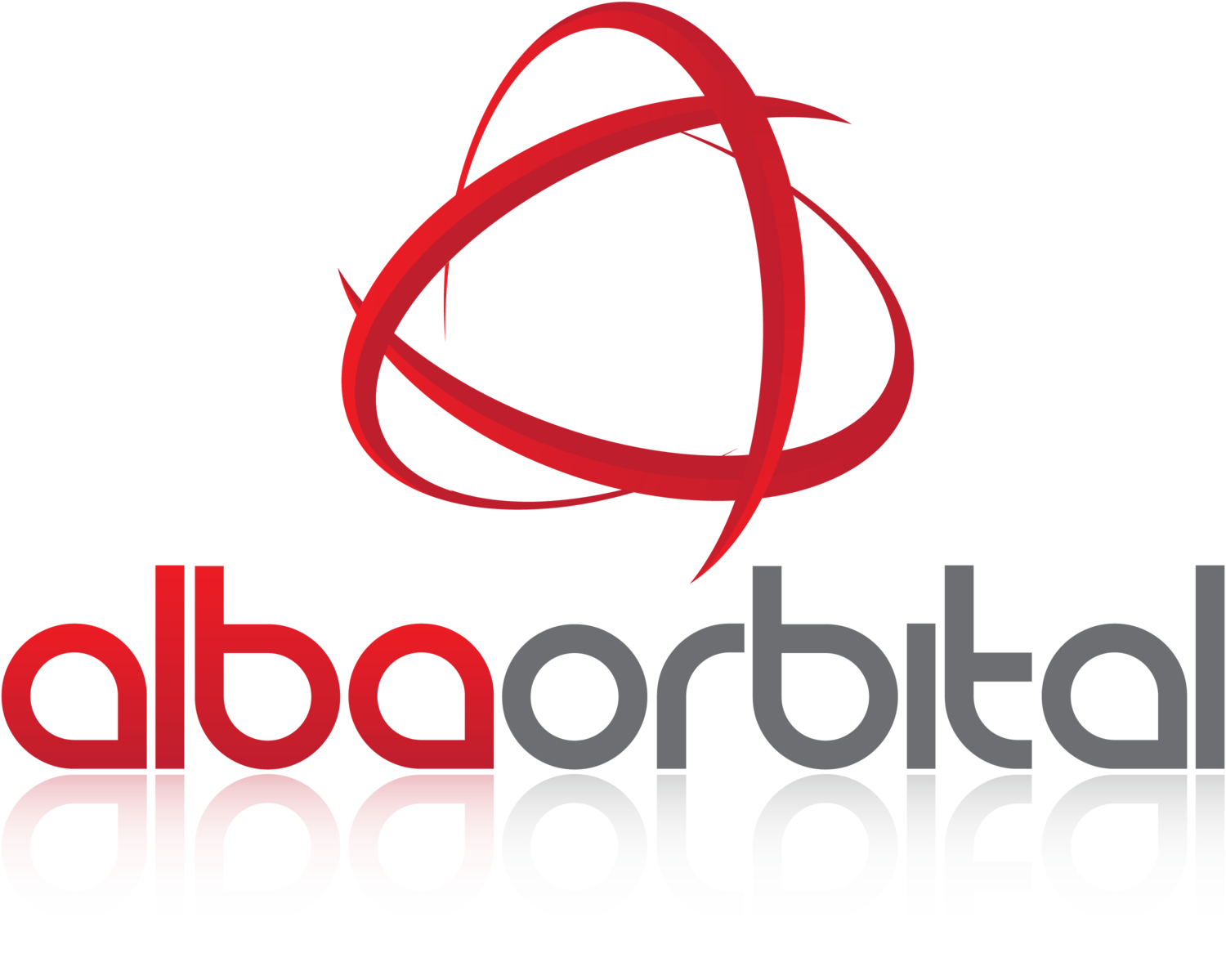Alba Orbital’s Night-Light Satellite Imagery
World leading pico-satellite manufacturer and launch broker, Alba Orbital, aspires to be the first commercial provider of ground-breaking night-time imagery for data analysis. In line with their mission statement to ‘democratise access to space’, Alba Orbital envisages a global pico-satellite constellation for night lights via PocketQube technologies.
To provide some background to Alba Orbital’s 8-year PocketQube development, these miniaturised satellites measure at 5cm cubed and weigh less than 250g on average. Ultimately, Alba Orbital’s pico-satellites, tailor-made to the end users’ requirements, serve a broad spectrum of development applications by satisfying long-term data needs for night-time imagery.
Background to Night Lights
Satellite images of the Earth at night, otherwise known as “night lights”, track every dimension of human and planetary activity in near to real-time, revolutionising our understanding of the world in which we live. Night-time satellite imagery has not only been an invaluable tool for fundamental research over the past 25 years, but its commercial value was laterally identified.
Despite previous technical challenges of night-time data acquisition, such as the trade-off between resolution and coverage, the vast number of data applications for night-time imagery continues to increase thanks to considerable advancements in the image quality as well as developments in data storage, analysis, and processing.
In discussions with industry experts, the following applications seemed most desirable: economic development, urbanisation, population growth, power and electricity consumption, light pollution, transportation, corruption, forestry, mining, natural disasters and climate change, human health, and maritime. In essence, building a historical data series permits end users to monitor economic, social science and environmental trends as part of ongoing research projects. Whilst night-time imagery is easily accessible on a global scale, end users tend to study data-scarce regions where national data is inadequate or difficult to access. An area of interest is therefore developing countries whose lack of infrastructure directly implicates a need for further research.
On the subject of new data applications, the demand for night-time satellite observations grew following the outbreak of Covid-19. This fundamental source of data was required to detect and track how human life transformed overnight. Where other methods of obtaining data were not possible, satellite imagery overcame any distance barriers imposed by the global health crisis.
Demand from the Night Lights Community
Alba Orbital quantified the demand for commercial satellite imagery when professionals from various sectors, notably environmental, security, socio-economic, and the space industry, expressed their interest in the proposed service. Alba Orbital then established the first ever international conference on Night-time satellite imagery applications to unite researchers and professionals interested in this emerging field of space exploration.
The ultimate goal of the Night Lights Workshop in conjunction with Alba Orbital’s Night Lights service is to support future research and technical developments in night-time satellite imagery.
Alba Orbital’s ‘Night Lights’ Service
In preparation for the ‘Night Lights’ service, Alba Orbital scheduled a Q2 2021 launch with SpaceX to fly nine PocketQube pico-satellites on Falcon 9. One of these pico-satellites, Unicorn-2A with EO, will collect night-time satellite data samples. In Alba Orbital’s upcoming launch, Unicorn-2A will serve as a MVP prototype, allowing the Night Lights department to explore the technical feasibility of the payload for acquiring night-time imagery. Alba Orbital’s investment in developing and testing this PocketQube model will ensure the final payload’s technical compatibility and capability to capture high-quality night-time datasets.
Value in Alba’s Service
Night-time satellite imagery is in fact an existing and well established product, however, current datasets, albeit abundant and low-cost, rarely focus on service differentiation. To achieve a highly competitive ‘Night Lights’ service, Alba Orbital is conducting in-depth market research in order to tailor its PocketQube technology to fulfill its end users’ information needs and data application. For example, Unicorn-2A’s high resolution provides quality night-time imagery for a variety of use cases from monitoring forest fires to light pollution. Alba Orbital’s value proposition is therefore defined by its flexibility in product design to serve a broad spectrum of end users across urban, agricultural, rural, economic, defense, and ecological industries.
Additionally, Alba Orbital has identified Night Lights data as a key commercial application opportunity for pico-satellites as the reduced form factor inherent with the PocketQube standard results in lower launch costs for satellite constellations and higher re-visit rates critical for generating the most up-to-date night light data. Thanks to economy-of-scale, Alba Orbital can accommodate low budgetary requirements via an affordable subscription service for night-time satellite imagery.
The night-time satellite imagery that we expect to acquire will have unmatched ground resolution, and temporal coherence, leading to game changing analytics on how our planet functions at night.

